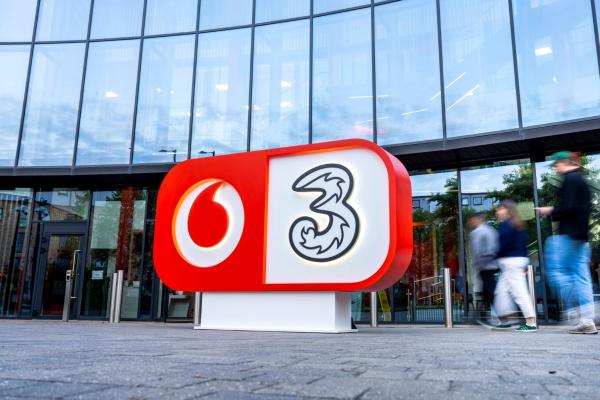
Nokia and Blackned signed an MoU to provide deployable mobile communication systems for military battlefield operation, designed for Germany’s defence requirements.
Nokia and Blackned GmbH, in which Düsseldorf-based technology group Rheinmetall holds a 51% stake, have entered into a memorandum of understanding to create the networks. They will combine the former’s 5G tactical communications technology and the latter’s software-based defence solutions and expertise in “defence digitalization to develop high-performance, next-generation tactical communications solutions that provide secure and reliable connectivity for military operations in the field.”
The plan is to design a deployable communication system tailored to Germany’s defence needs, but which is also adaptable for use in other countries, and an integrated platform for the Rheinmetall Battlesuite.
Deployable tactical networks are mobile solutions designed for quick deployment and extended reach, explains the release, and are supposed to provide uninterrupted connectivity and high data rates for military teams. “These deployable tactical networks enhance situational awareness, speed up decision making and improve asset co-ordination,” we’re told.
“Blackned is dedicated to advancing innovation in defence digitalization, and our agreement with Nokia represents an important milestone in that mission,” said Timo Zaiser, CTO at blackned GmbH. “Together, we will provide powerful, flexible and future-ready tactical network solutions built for the realities of modern defence.”
Giuseppe Targia, Head of Space and Defence at Nokia added: “In a rapidly evolving tactical environment, speed, mobility and adaptability are paramount. Through the partnership with Blackned, our 5G technology will empower defence forces to deploy robust communication capabilities swiftly and share intelligence more effectively, providing our customers with a decisive advantage on the battlefield,”
This follows a series of similar defence related deals Nokia has made recently, including one last month in which it and some partners tested 5G technology during Joint Viking 2025 – a Norwegian military exercise involving more than 10,000 soldiers – in order to boost situational awareness and help the military units cooperate.
Meanwhile Nokia has today also announced today it has developed a new “co-existence network element solution” which enables operators to simultaneously run 10G, 25G and 50G PON (Passive Optical Network) services over the same fibre broadband network. This means operators can add different PON technologies running on different wavelengths to a single fibre without disturbing the existing services, it says.
Geert Heyninck, General Manager, Broadband Networks at Nokia said: “Moving to next-generation PON is a competitive advantage for operators seeking to offer differentiated services. But what that evolution path looks like will vary and largely depend on their individual business needs. Our co-existence solution allows operators to support all flavours of PON on a single fibre, providing the flexibility to pick and choose the technology that is best suited to meet the unique demands of their residential and enterprise customers, both today and for years to come.”
This follows on from an announcement yesterday in which Nokia announced a new 25G PON high-density line card, which it says is built to deliver mass market, multi-gig, residential broadband services.









